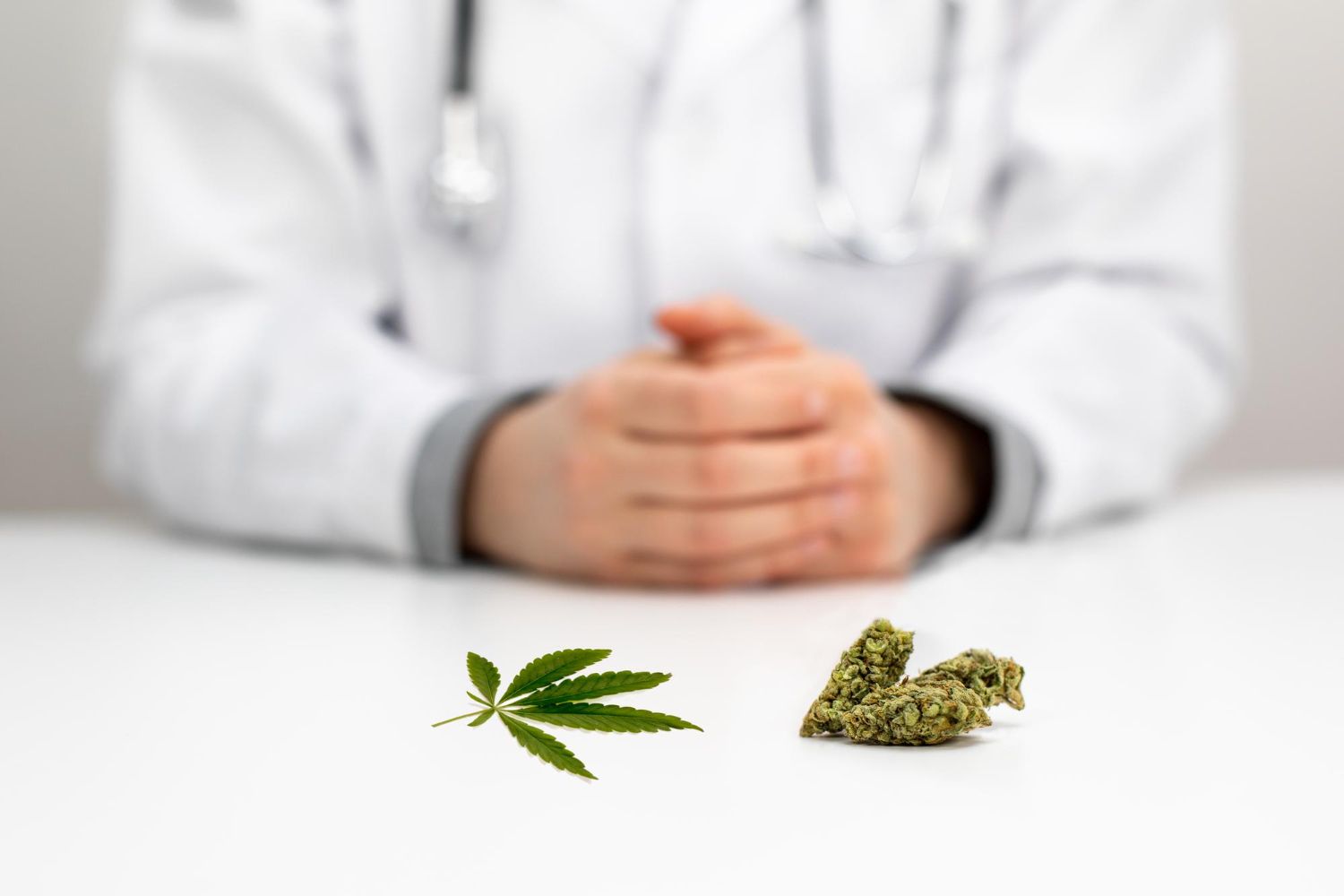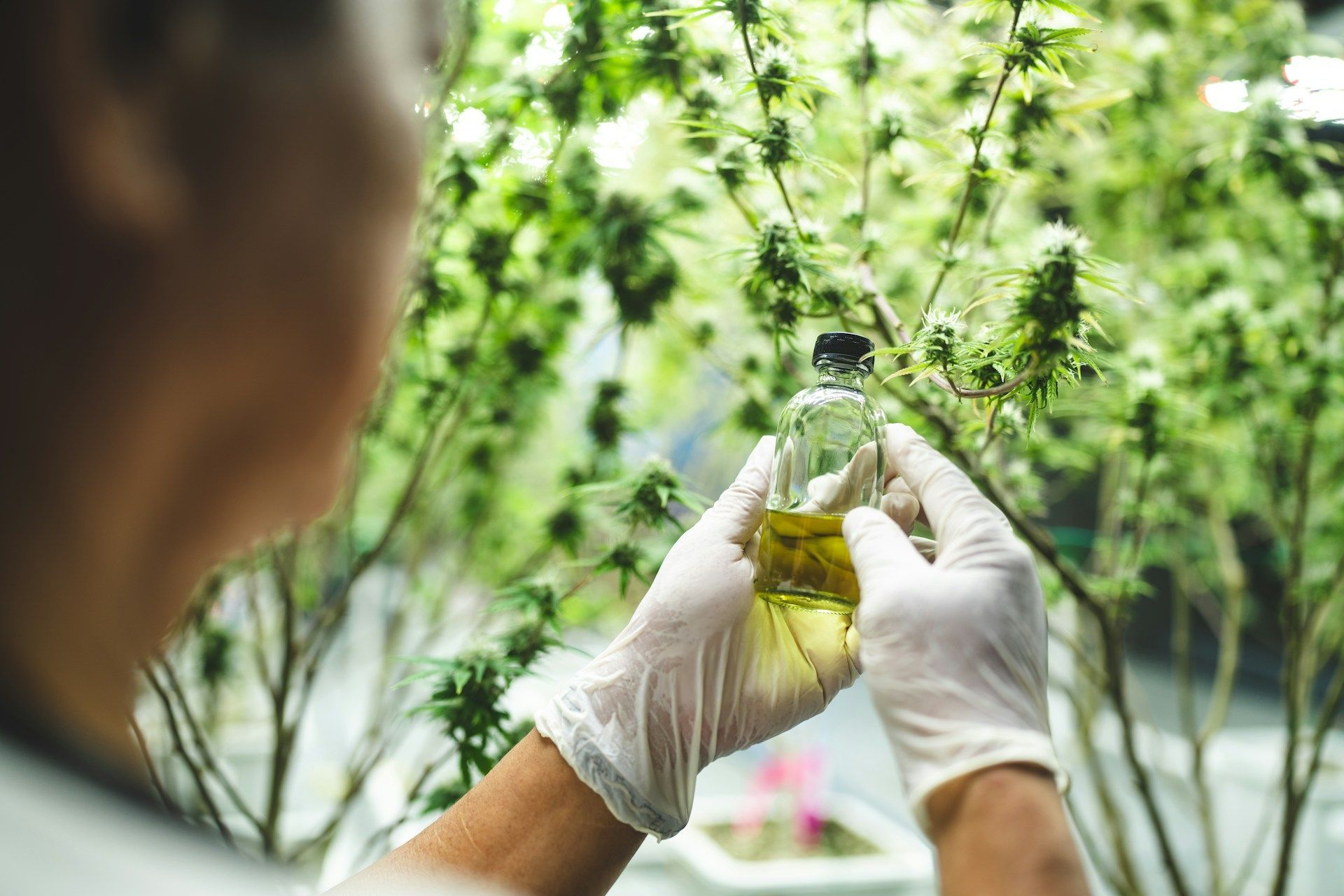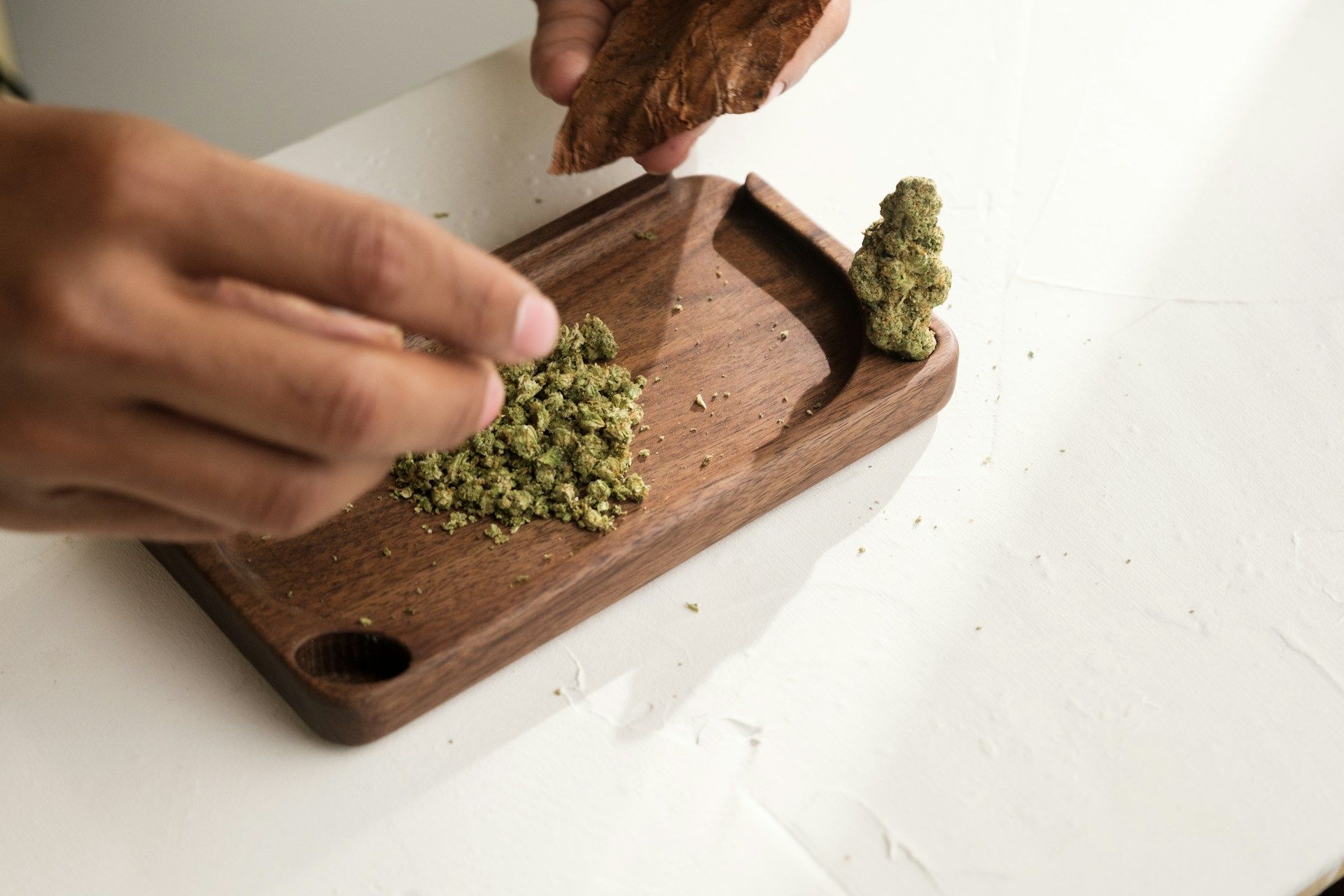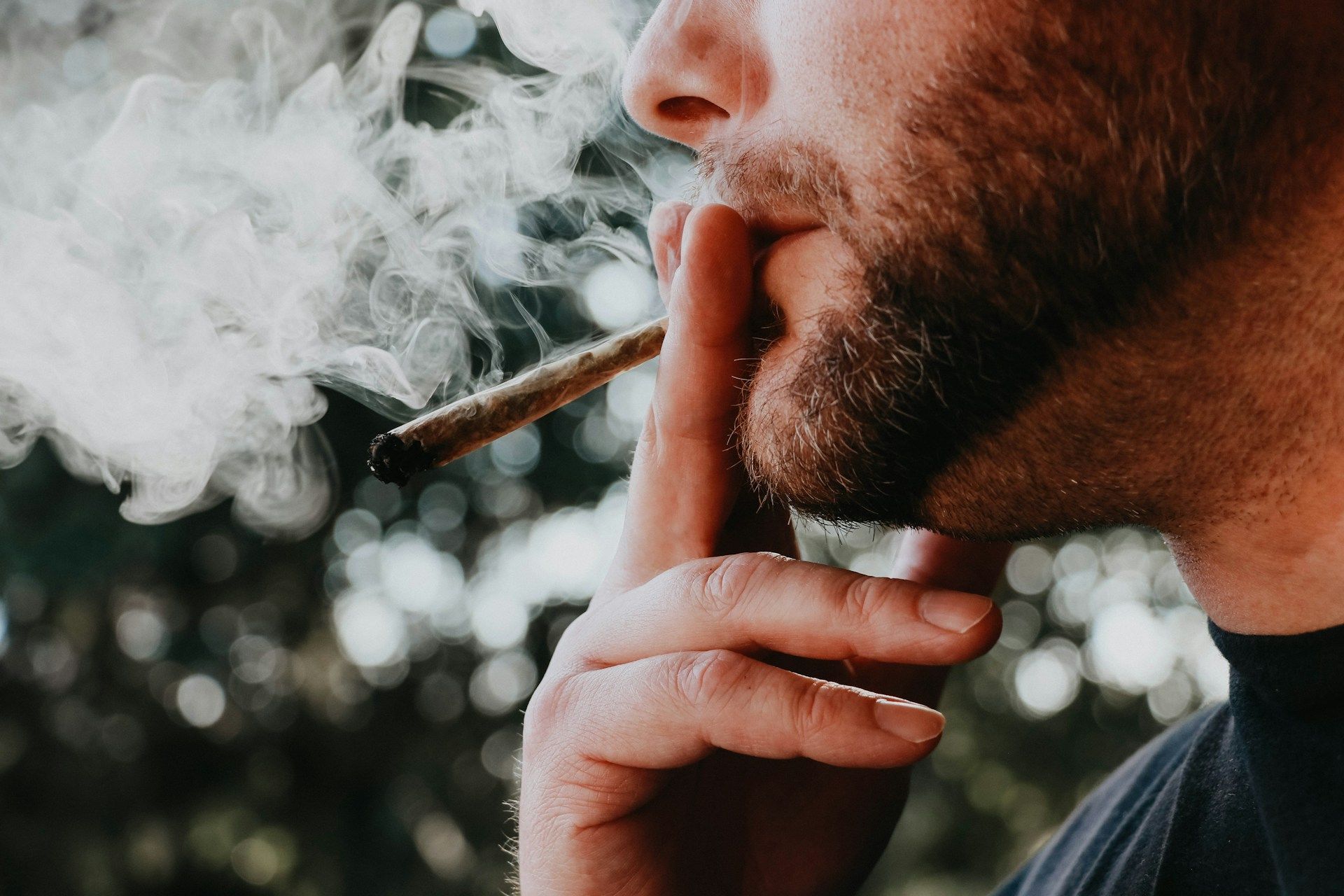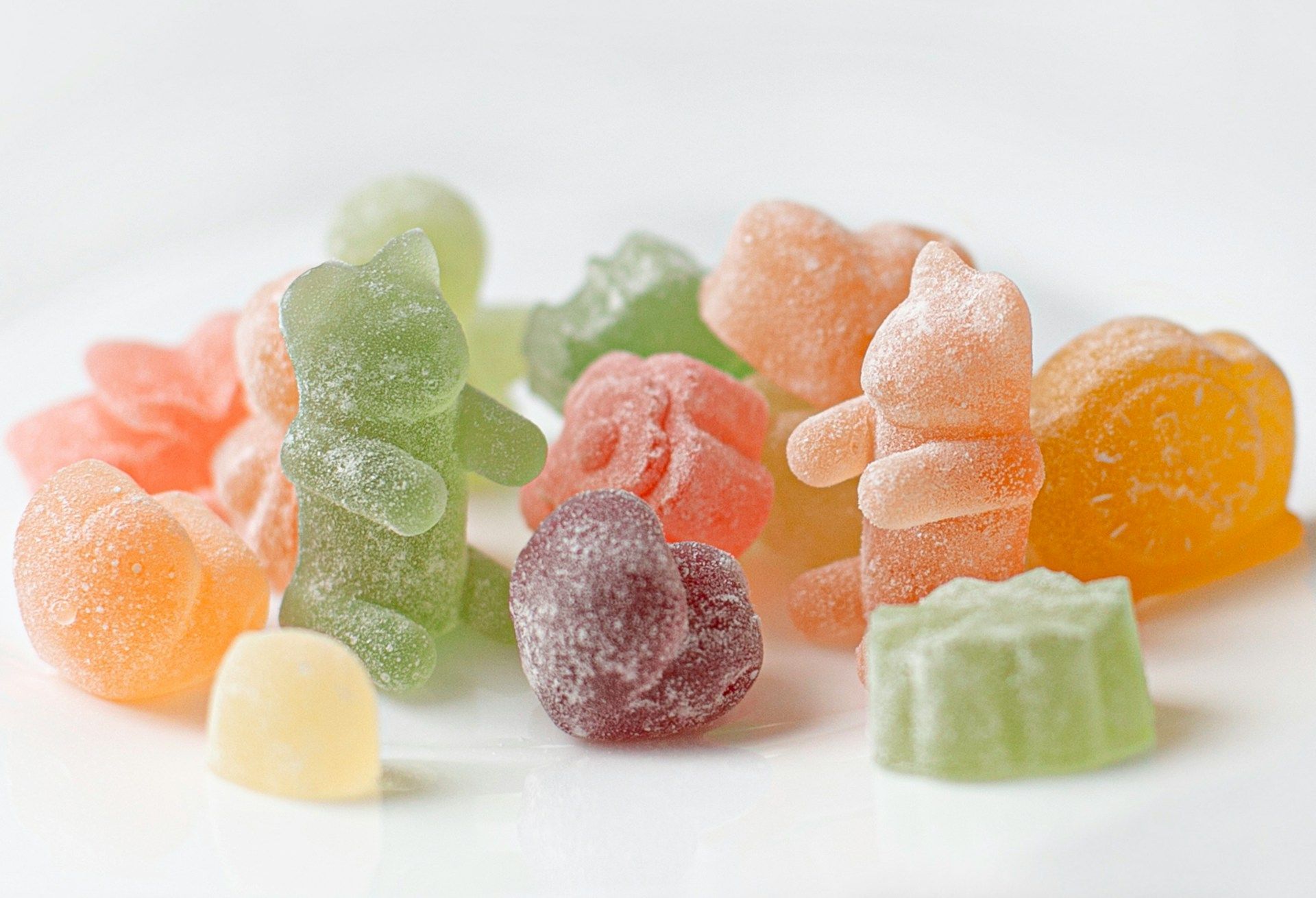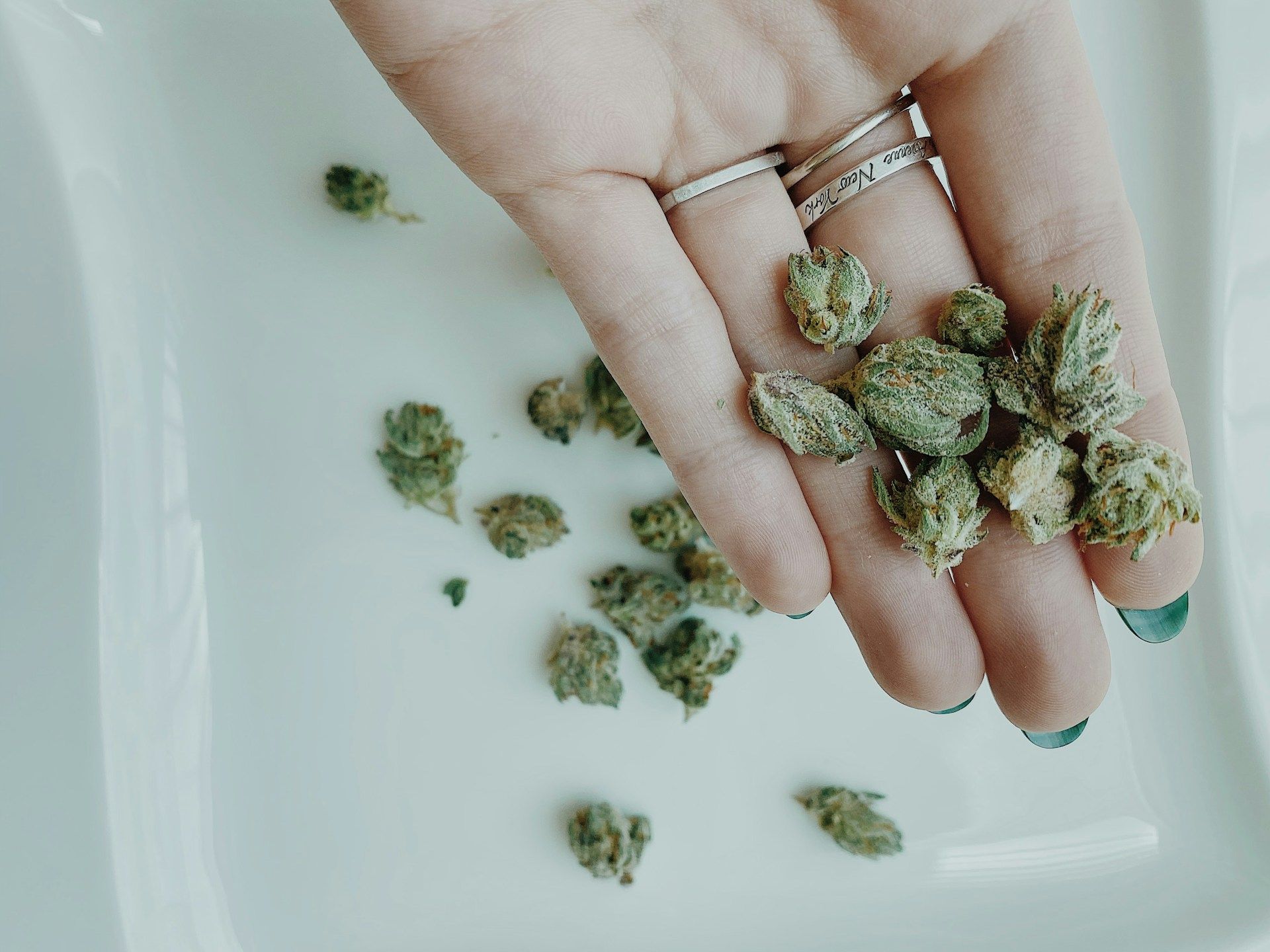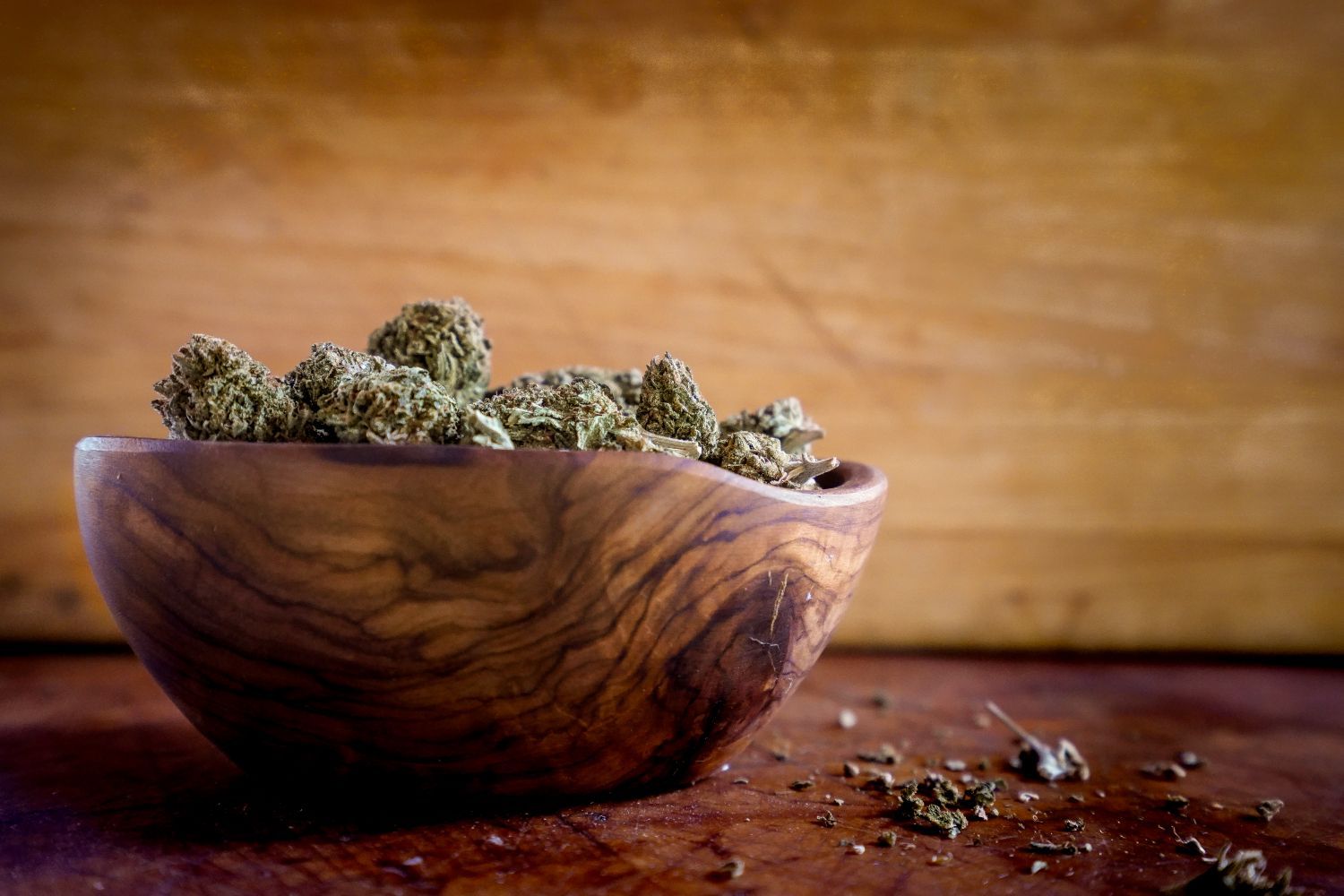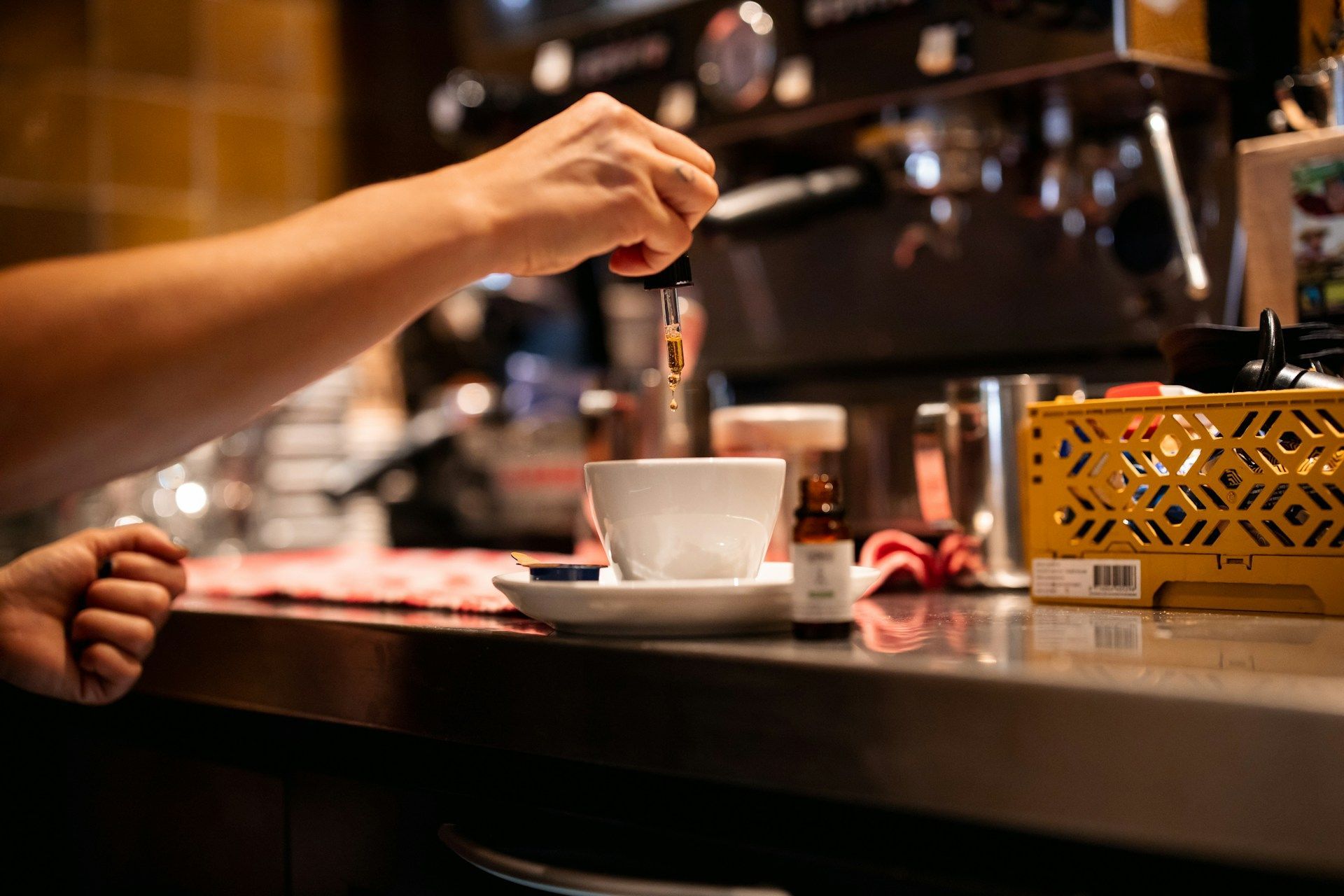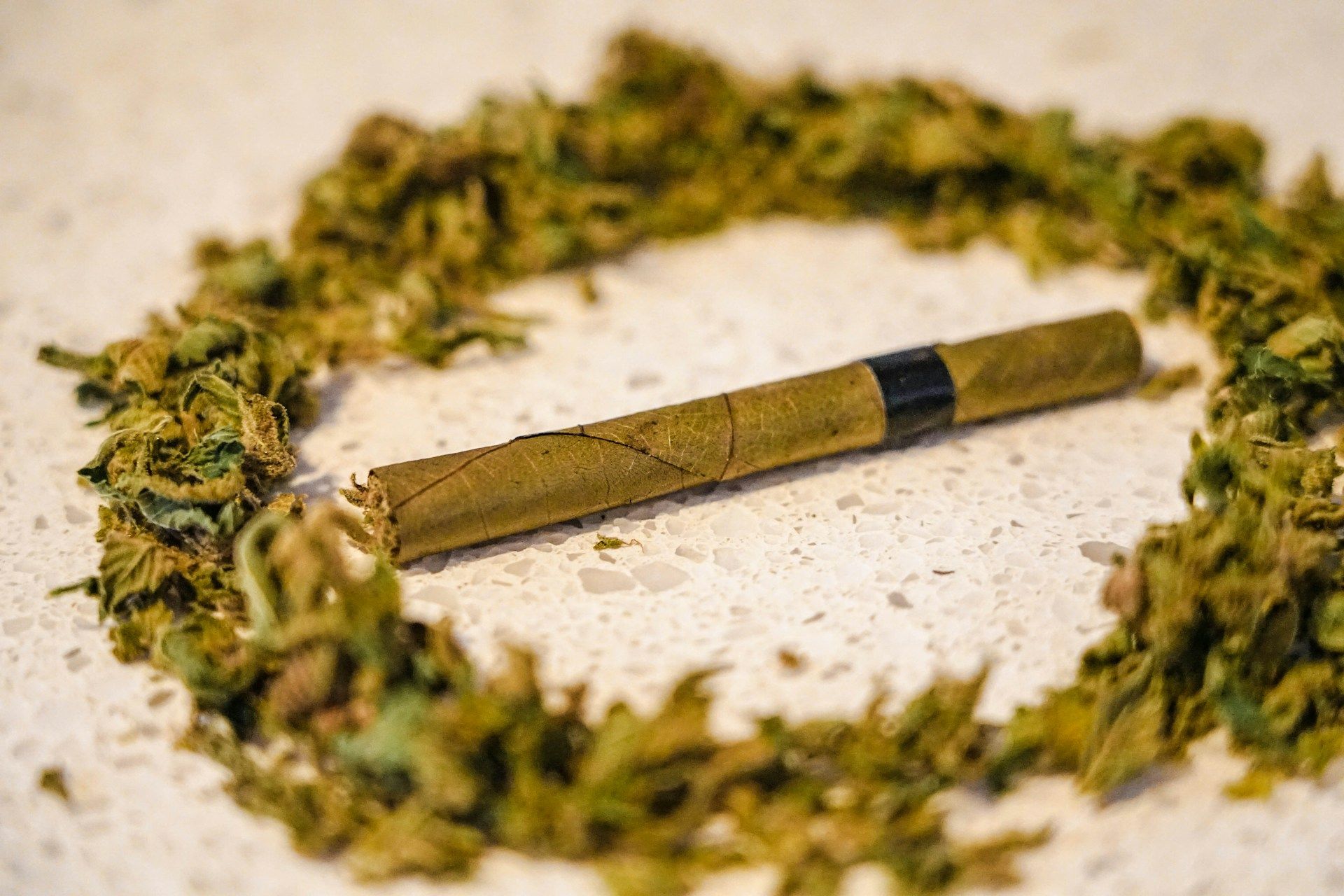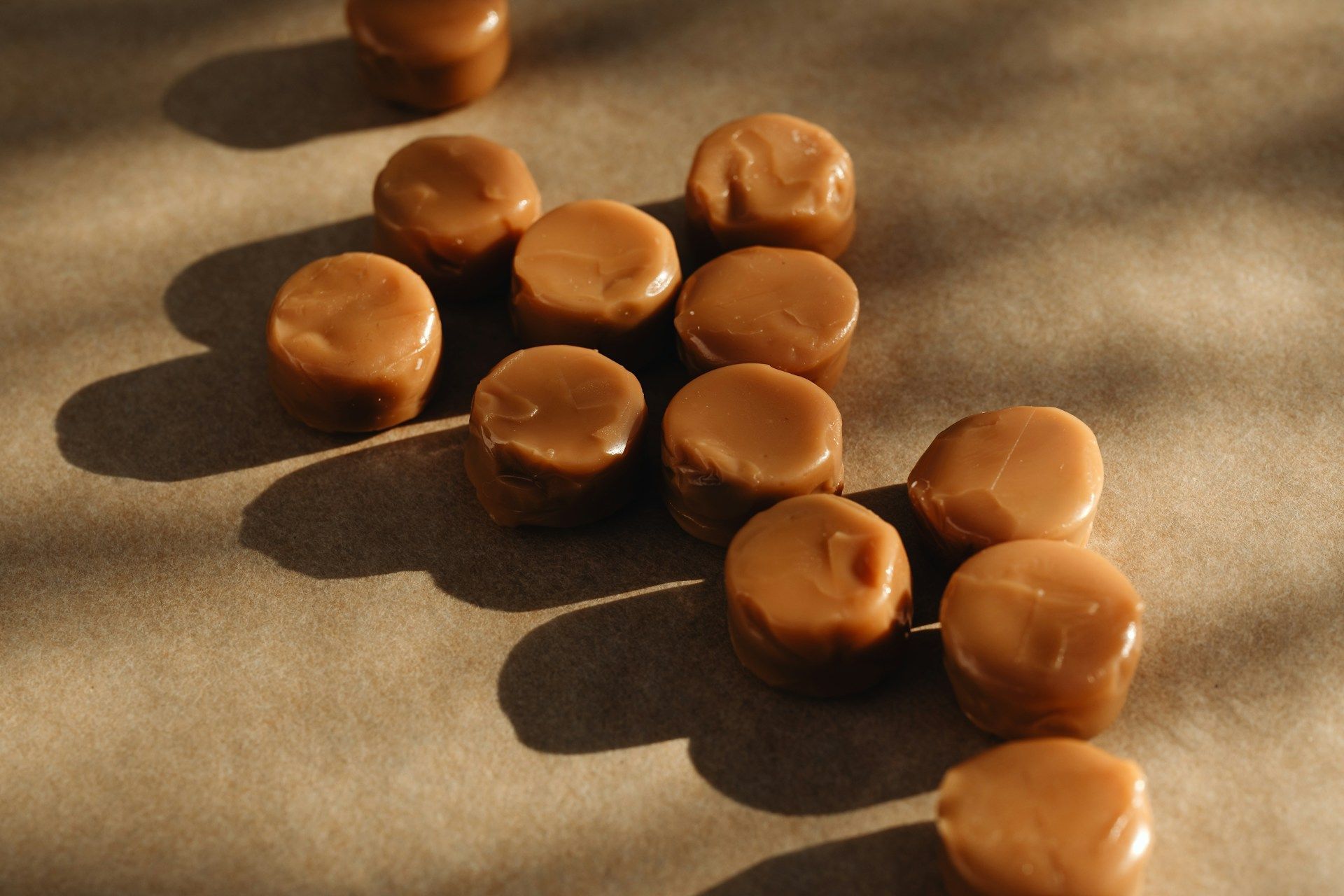Understanding CBD Oil Potency Levels
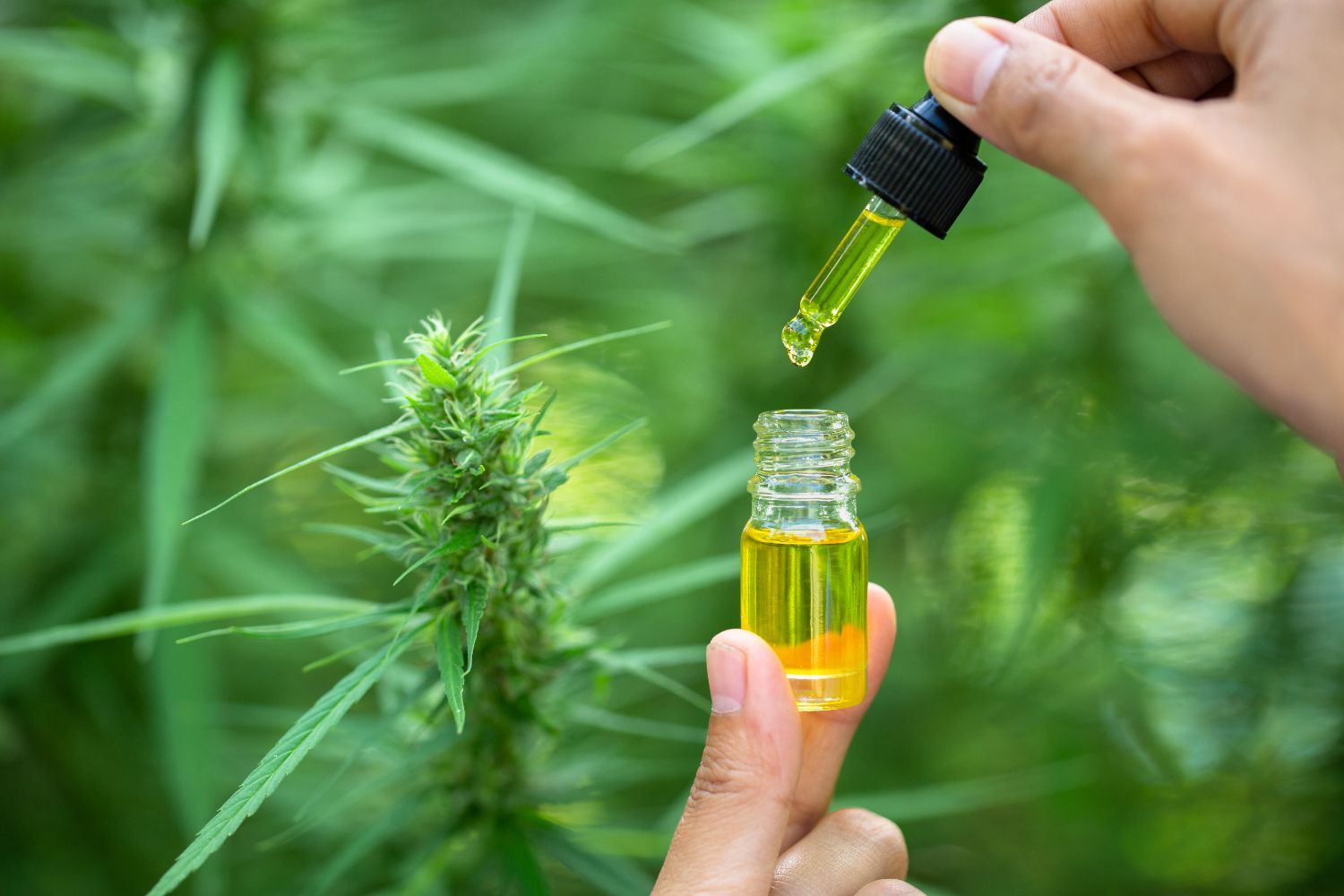
CBD oil is a popular choice for those exploring wellness alternatives. Understanding its potency levels is key to maximizing your experience. Potency levels indicate the strength of the CBD in a product, making them an important aspect to consider when selecting CBD oil.
Navigating the wide array of CBD products can be simpler when you know what to look for. By learning about CBD oil potency, you arm yourself with the knowledge to make informed decisions, leading to a more satisfying CBD experience.
What Is CBD Oil Potency?
CBD oil potency refers to the concentration of CBD in a given product. Potency levels are usually measured in milligrams (mg) of CBD contained in the oil. The higher the number of milligrams, the stronger the oil potency. This measure helps users understand how much CBD they consume with each dose.
The potency of CBD oil affects how the product works for the user. A more potent oil means a stronger dosage of CBD is consumed with less product, which might lead to more noticeable effects. Conversely, lower potency oils might require consuming more to achieve your desired results. This variability is why understanding potency levels can improve your overall experience with CBD oil.
Potency levels are key when tailoring CBD use to individual needs. Some users prefer higher potency for quick effects, while others opt for lower potency to maintain a subtler response. Knowing potency helps guide your selection, ensuring you choose a product that aligns with your expectations and goals for using CBD oil.
Factors Influencing Potency Levels
Several factors influence the potency levels of CBD oil. Understanding these elements provides insight into why potencies differ and helps make informed choices.
1. Extraction Methods
The method used to extract CBD from the cannabis plant plays a role in determining potency. CO2 extraction, for example, is known for producing high-potency oils. This method preserves the original cannabinoid profile, contributing to a stronger end product. Other methods, like ethanol extraction, might result in less potent oils.
2. Source Plant Quality
Not all cannabis plants have the same CBD content. The strain of plant used impacts the final potency of the CBD oil. High-CBD strains are specifically grown to produce oils with increased potency.
3. Product Processing
After extraction, CBD oil undergoes further processing, such as filtering or refining, which can alter potency. Full-spectrum oils might retain more plant compounds, potentially leading to stronger effects, whereas isolates contain pure CBD, influencing the perceived potency differently.
4. Formulation
The ingredients added to the oil, such as carrier oils, can also affect how potent the product feels. Some carrier oils might dilute the CBD content, thus influencing the overall potency.
Being aware of these factors when selecting CBD oil ensures you choose a product with the appropriate potency for your needs, potentially enhancing your experience.
Reading CBD Oil Labels
Understanding CBD oil labels is crucial for determining potency. Labels can provide a wealth of information about the product, so knowing what to look for ensures you make informed selections.
1. Identifying Potency on a Label
Look for the total amount of CBD, typically listed in milligrams (mg), on the front or back of the bottle. This number reflects the total CBD content in the entire bottle, not per serving. Another useful figure is the percentage of CBD in the oil, such as 10% or 20%, which indicates the concentration level.
2. Milligrams Per Serving
Check the number of servings in the bottle for a clearer picture of per-serving potency. You'll often find this on the label as a specific number of milligrams of CBD per serving size. For instance, if a bottle contains 1000mg of CBD and has 40 servings, each serving provides 25mg of CBD.
3. Full-Spectrum vs. Isolate
Labels should indicate whether the CBD is full-spectrum, broad-spectrum, or isolated. Full-spectrum includes all cannabinoids and terpenes, contributing to the 'entourage effect,' which might influence perceived potency.
4. Third-Party Testing
Look for evidence of third-party testing on the label or product packaging. Such testing ensures that the label's claims match the actual contents of the bottle, providing extra assurance about potency and quality.
By understanding these aspects, you can confidently assess a product's potency from its label, aligning your choices with your specific needs.
Choosing the Right Potency for You
Selecting the right CBD oil potency is personal and varies from person to person. Here’s how you can decide which potency suits you best.
Consider why you're using CBD. Are you looking for general wellness, or are you addressing something specific? Higher potency might better suit more targeted use, while a lower potency is often effective for general use.
Look at your own experience with CBD products. Beginners might prefer starting with a lower potency, gradually increasing as they become more familiar with the effects. It's important to listen to your body and adjust accordingly.
Experimentation is okay. If you start with a certain potency and find it doesn’t meet your needs, adjust the dosage or try a different product. Finding what works best for you might take some trial and error, but it's all part of the process.
For those adjusting potency levels, consider keeping a journal to track dosages and effects. This can help you notice patterns and make more informed decisions.
When choosing a potency, stay within your comfort zone and see how your body responds. The right potency allows you to enjoy the benefits of CBD safely and effectively.
Conclusion
Understanding CBD oil potency levels helps you make informed, confident decisions about your CBD experience. As you navigate the available options, knowing how to read labels and choose the right potency can enhance your journey. This knowledge empowers your choices and ensures you get the most from your product.
For a wide range of CBD products tailored to your needs, visit Flower Power Experience in Toms River, NJ. Our expert cannabis store is here to guide you through our selection and ensure you find the perfect product with the right potency.

